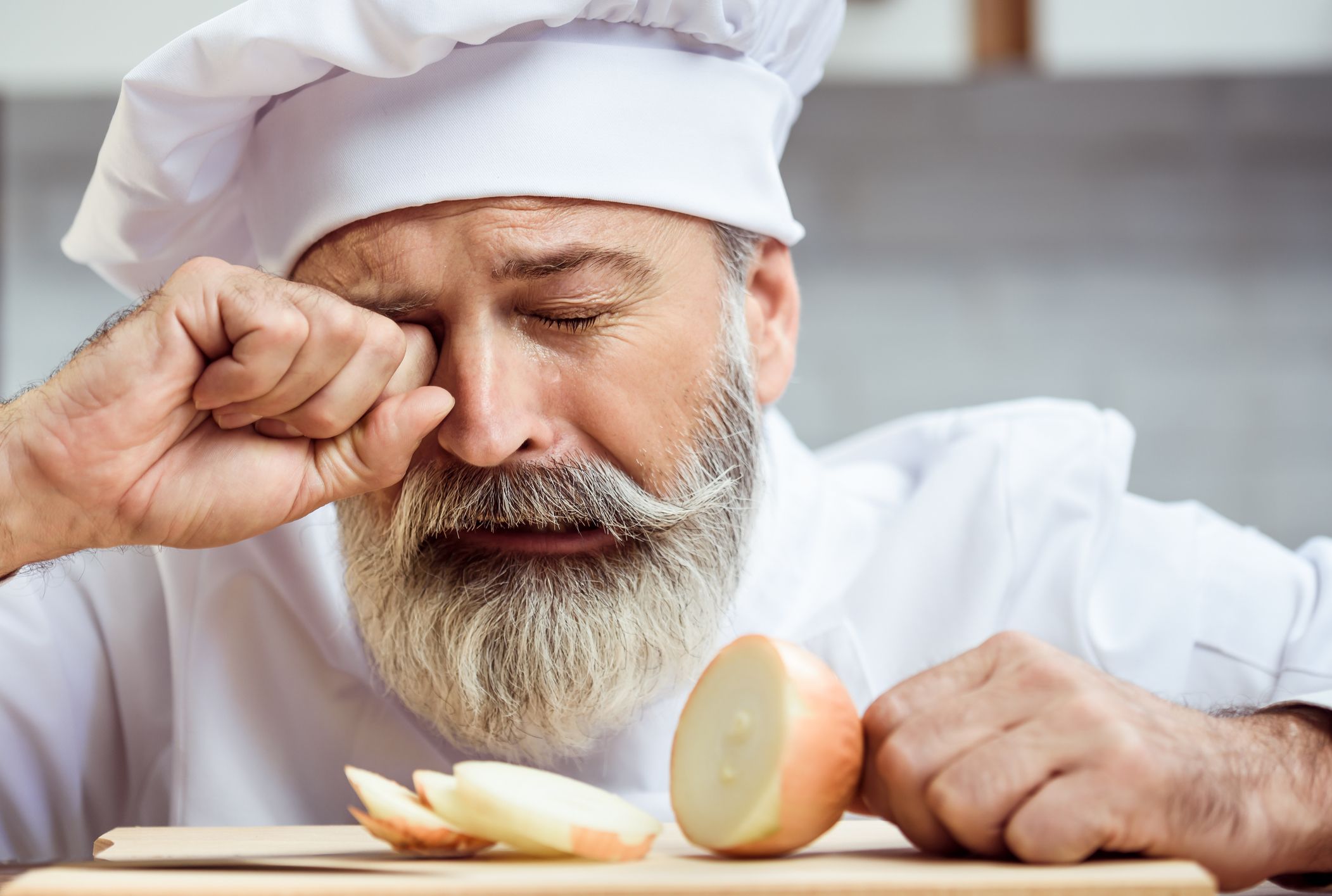What's So Great About Onions
TEXARKANA, Ark. –
Farm fresh vegetables are at the top of many shopping lists now that warmer temperatures have brought about fresh produce and the opening of farmers markets, roadside stands, and home gardens.
Onions are rich in vitamins and minerals. They are a source of Vitamin C, also known as ascorbic acid, which is needed for growth and repair of body tissue. Onions are also high in fiber, which helps regulate our digestive system. As an added bonus, they are low in fat and calories. One cup chopped onion provides 67 calories, 0 fat or cholesterol, 5 mg sodium, 16 grams carbohydrates, 2 grams dietary fiber and 1 gram protein.
Onions can be red, yellow, orange, white or green. The taste of the onion does not depend upon the color. They could be sweet or savory.
When selecting onions, look for firm, hard onions. They should be dry and have small necks. The skin around the onion should be shiny and crackly in feel. Avoid onions that are wet or have very wet necks, those with thick, hollow, woody centers in the neck, or those with fresh sprouts.
Store dried onions in a cool, dry place. Dry onions will last for 3 to 4 weeks. Fresh onions, like those available at the farmers market now, will last for about a week.
To reduce tearing up when cutting onions, first chill the onions for 30 minutes. Then, cut off the top and peel the outer layers, leaving the root end intact. The root end has the highest concentration of sulphuric compounds that make your eyes tear.
Sautéing and caramelizing are a favorite way many enjoy onions. To sauté, or caramelize, slice or chop onions; place in oil or margarine over low heat until soft. Stir constantly. If the onions begin to brown too quickly, reduce the heat and add 1 to 2 tablespoons water to slow the browning process. To caramelize onions for a richer flavor, continue sautéing until the onions are brown. Sautéing should take about 5 to 10 minutes, while caramelizing cooking time is about 30 minutes.
You can microwave onions but first you must peel them and cut into desired size. Put in a covered dish with a small amount of water or stock. Cooking time varies depending upon the size of the onion. Time should range from 5 to 10 minutes. When microwaving them, they should be used immediately.
Baking whole, unpeeled onions can be surprisingly good. Cut off the root ends and prick with a fork. Place in a baking pan lightly coated with nonstick cooking spray. Or peel the onion, pierce and wrap in foil. Cook in a 350-degree oven. To test for doneness, press the onion. It should give without being mushy. For a medium sized onion, it should take about 45 to 60 minutes.
Grilling onions keeps the heat out of the kitchen. Lightly spray or brush grates with oil before heating up the grill to prevent sticking. Then brush both sides of the onion slices/wedges with olive oil; sprinkle with salt and pepper, a favorite seasoning blend, or fresh chopped herbs. Grill, covered with a foil pan over medium heat 15-20 minutes or until tender.
Onions are one of the top five vegetables in the United States. This recipe for Cucumber Onion Salad is a cool refreshing treat. As an added bonus, both vegetables can be found at the farmers market. Plan ahead with this recipe. While it only take 15 minutes to cook, it needs to chill for 2 hours to allow the flavors to meld together.
Cucumber and Onion Salad
2 1/2 cups thinly sliced, unpeeled cucumbers (sliced lengthwise)
1/2 cup peeled and thinly sliced red onion
1/3 cup sugar
1/3 cup white vinegar
1/4 teaspoon salt
1/8 teaspoon black pepper
Toss cucumbers and onions together in medium, non-reactive bowl. Set aside. Whisk together remaining ingredients in separate bowl until blended. Pour over cucumbers and onions. Cover and chill 2 hours; stir several times. Makes 6 (three fourth cup) servings.
For more information, contact the Miller County Extension Office, 870-779-3609 or visit us in room 215 at the Miller County Courthouse. We're online at cdue@uada.edu, on Facebook at UAEXMillerCountyFCS, on Twitter @MillerCountyFCS or on the web at uaex.uada.edu/Miller.
By Carla Due
County Extension Agent - FCS
The Cooperative Extension Service
U of A System Division of Agriculture
Media Contact: Carla Due
County Extension Agent - FCS
U of A Division of Agriculture
Cooperative Extension Service
400 Laurel Street, Suite 215 Texarkana AR 71854
(870) 779-3609
cdue@uada.edu
The Arkansas Cooperative Extension Service is an equal opportunity institution. If
you require a reasonable accommodation to participate or need materials in another
format, please contact your County Extension office (or other appropriate office)
as soon as possible. Dial 711 for Arkansas Relay.
Pursuant to 7 CFR § 15.3, the University of Arkansas System Division of Agriculture
offers all its Extension and Research programs and services (including employment)
without regard to race, color, sex, national origin, religion, age, disability, marital
or veteran status, genetic information, sexual preference, pregnancy or any other
legally protected status, and is an equal opportunity institution.
